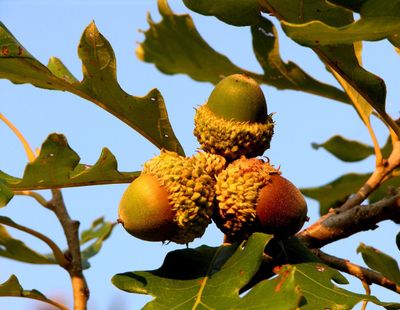What is a Bur Oak?
Bur oaks, also called mossycup oak, are decidedly impressive oak trees native to North America. They grow in the wild in central and eastern sections of the continent. The common names come from a mossy scale, or bur, on the acorn cup rim.
Bur Oak Information
Bur oak trees are medium to large sized trees. They are deciduous members of the white oak group and grow to heights between 60 and 150 feet tall (18-46 m.). If you are thinking of planting a bur oak, you’ll want to take height into account when selecting a site. Keep in mind that the trees also have broad, rounded crowns. Bur oak trees produce yellow catkin flowers in springtime, but they are not particularly showy. The acorns are oval with fringed cups, and offer a good food source for wildlife, including both birds and mammals. Don’t expect brilliant fall color in bur oak tree leaves. The green leaves turn a dull yellow-brown before they fall.
Planting a Bur Oak
Planting a bur oak is only a good idea for homeowners with very large backyards, given the size of the trees. The massive oak grows best in U.S Department of Agriculture zones 3 through 8. Be sure you site the tree with enough room to grow and in a permanent location. Bur oak information says that these native trees can live up to 300 years. If you do decide to start planting a bur oak, site the tree in full direct sun. Be sure the tree gets at least six hours of unfiltered sunlight every day. For best bur oak care, plant the tree in soil that is well drained and loamy. It will grow in either acidic or alkaline soil, and tolerates sandy, wet, and clay soils too. Speaking of bur oak care, don’t forget to water the tree regularly, especially during its first year in your garden. Bur oak trees have some drought tolerance, but they will grow faster and healthier with moderate moisture. Note that bur oak trees tolerate city smoke and other air pollutants as well as compacted soil. They are often used as shade trees on U.S. city streets.
